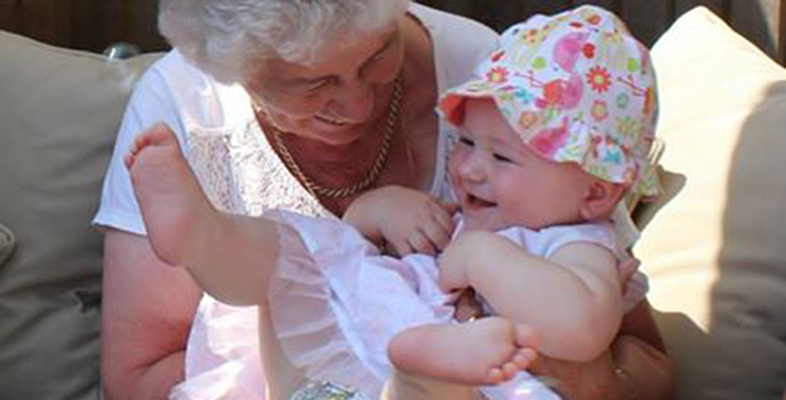3.2 Shared learning in families
From your reading so far, you are probably beginning to recognise that the relationship between children’s learning, their family and ‘culture’ has many different dimensions. A research study examining the learning around literacy between children and their grandparents (Jessel et al., 2011) provides a final example in this section of the way these factors are interwoven. The study explored the interactions between children aged three to six years old and their grandparents in Sylheti/Bengali-speaking families of Bangladeshi origin, and monolingual English-speaking families of mixed ethnicity in each family’s home in East London. It found that the experience was of a joint learning enterprise for both children and adults. The children brought their knowledge of the English language and contemporary stories, which they shared. The grandparents brought other aspects of language and tradition, as well as connections with the values of their cultural heritage.
Example 4: Story reading in Bengali
Razia reads a Bengali text – a chora (a rhyme with a religious and moral tone to it) – to her grandson, six-year-old Sahil. Razia lowers her tone and she is serious. Sahil repeats the few words as they proceed. Accuracy of repetition in pronunciation is important. Correction and demonstration in how the sounds are formed are emphasised in Razia’s teaching. There are benefits in terms of rhyme and phonological awareness together with meaning.
When Razia reads ‘Snow White’ to Sahil, she is less serious; she lets Sahil be the ‘expert’ from his experiences of the story from Disney and from school, supporting his enthusiasm and confidence. The use of touch and movement was emphasised by researchers as being important both in the relationships and in co-constructing learning. As Razia reads, Sahil climbs around her. Razia comments, ‘I love it. I don’t want them to just sit straight. That’s what grandchildren do: they play and learn.’
Key points
- Children’s experiences in their families will be influenced by the conditions, traditions and beliefs of their community.
- Broader cultural influences on children’s experiences will vary from family to family.
